Onigiri, also known as Japanese rice balls, is a popular snack and meal in Japan. These small, triangular-shaped snacks are made from cooked rice that is shaped into a ball or triangle and often filled with various ingredients such as salmon, tuna, pickled plum, or vegetables.
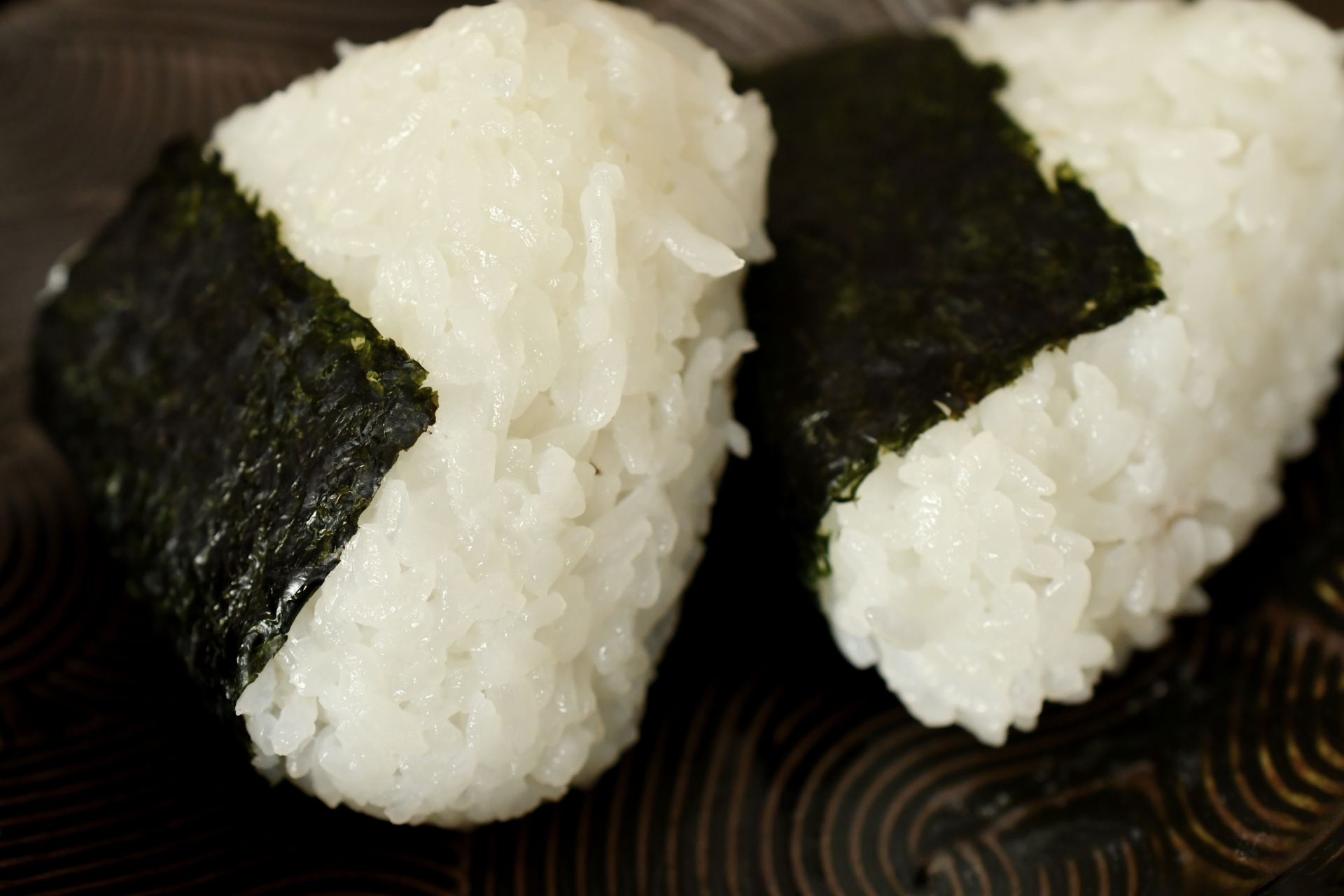
It is a traditional Japanese food that has been around for centuries. It is believed to have originated in the 11th century when Japanese soldiers used to carry rice balls with them as a portable and easy-to-eat meal during battles.
Today, onigiri is enjoyed by people of all ages and is a staple food in Japanese convenience stores, supermarkets, and restaurants.
Onigiri is not only tasty but also a healthy snack option. It is low in fat and calories and provides a good source of carbohydrates, making it a great energy booster.
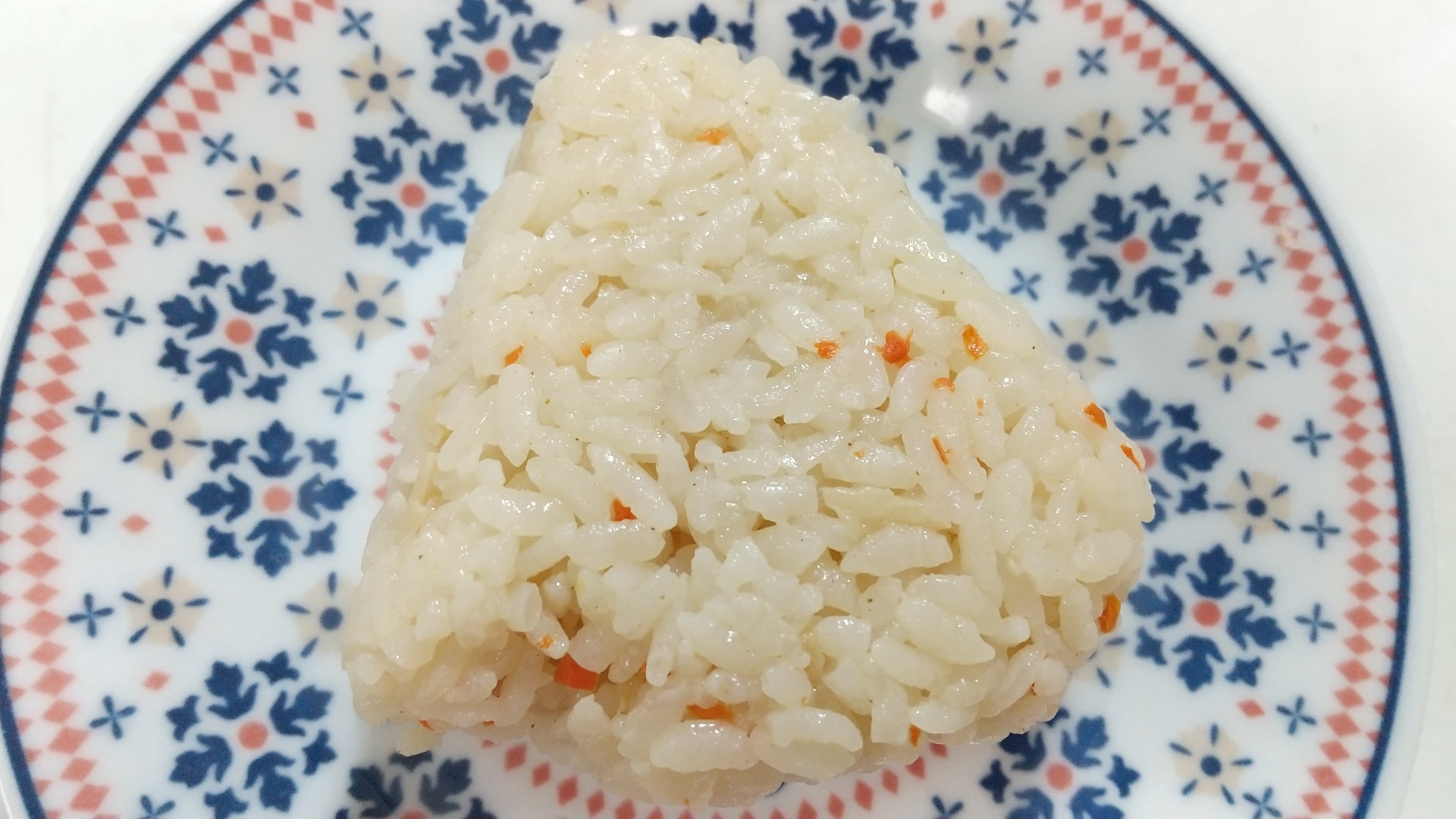
Onigiri is also a good source of fiber and protein if filled with ingredients such as fish or vegetables. Overall, onigiri is a delicious and nutritious snack that has become a beloved part of Japanese cuisine.
History
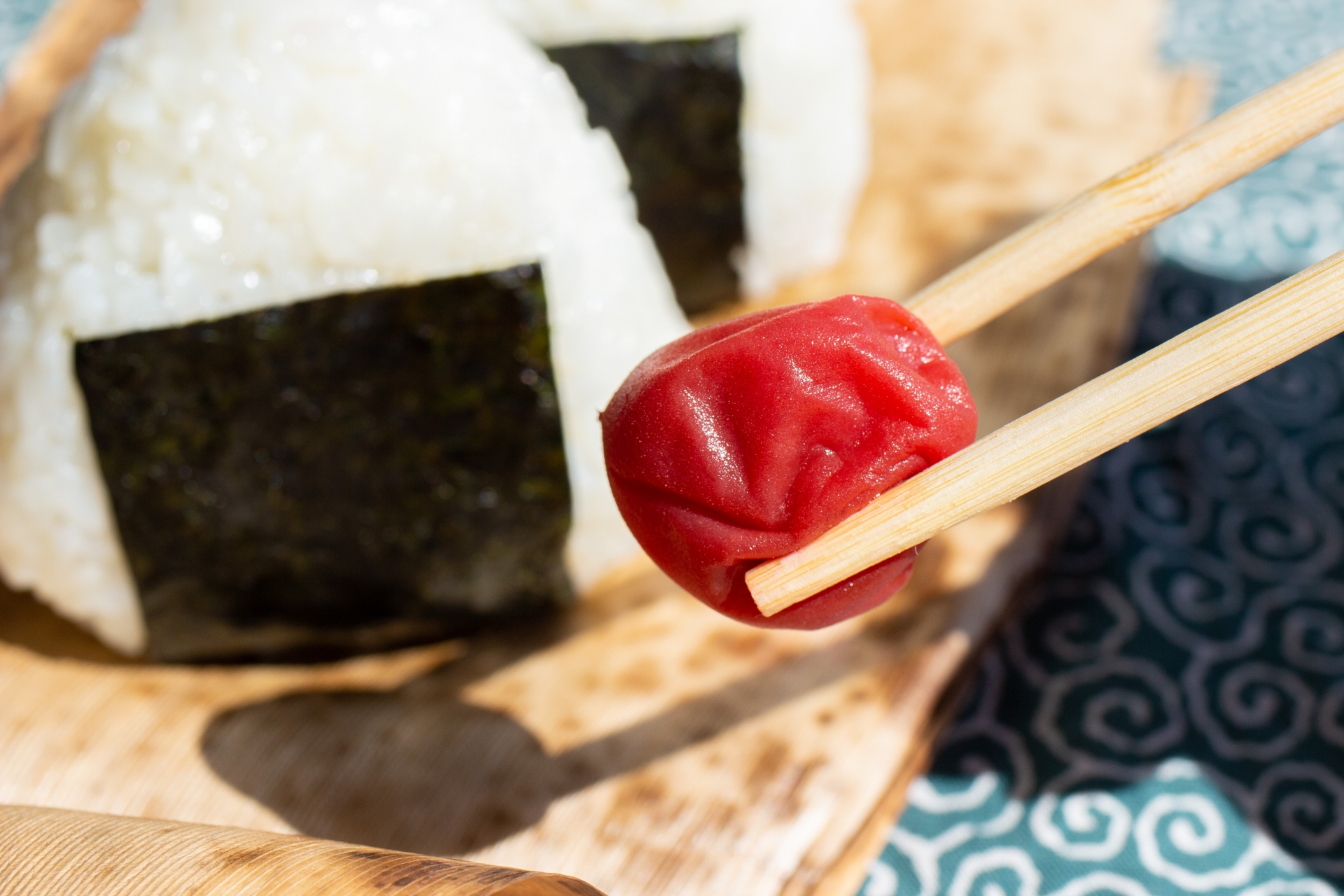
Onigiri, also known as Japanese rice balls, is a popular snack in Japan and around the world. The history of Onigiri dates back to the 11th century. It was first mentioned in the Tale of Genji, a classic work of Japanese literature, where it was referred to as Tonjiki.
it was originally created as a portable and convenient food for samurai and travelers. It was made by wrapping rice with dried fish or seaweed to keep it fresh for long periods. Over time, Onigiri evolved and became a popular snack for everyone, from school children to office workers.
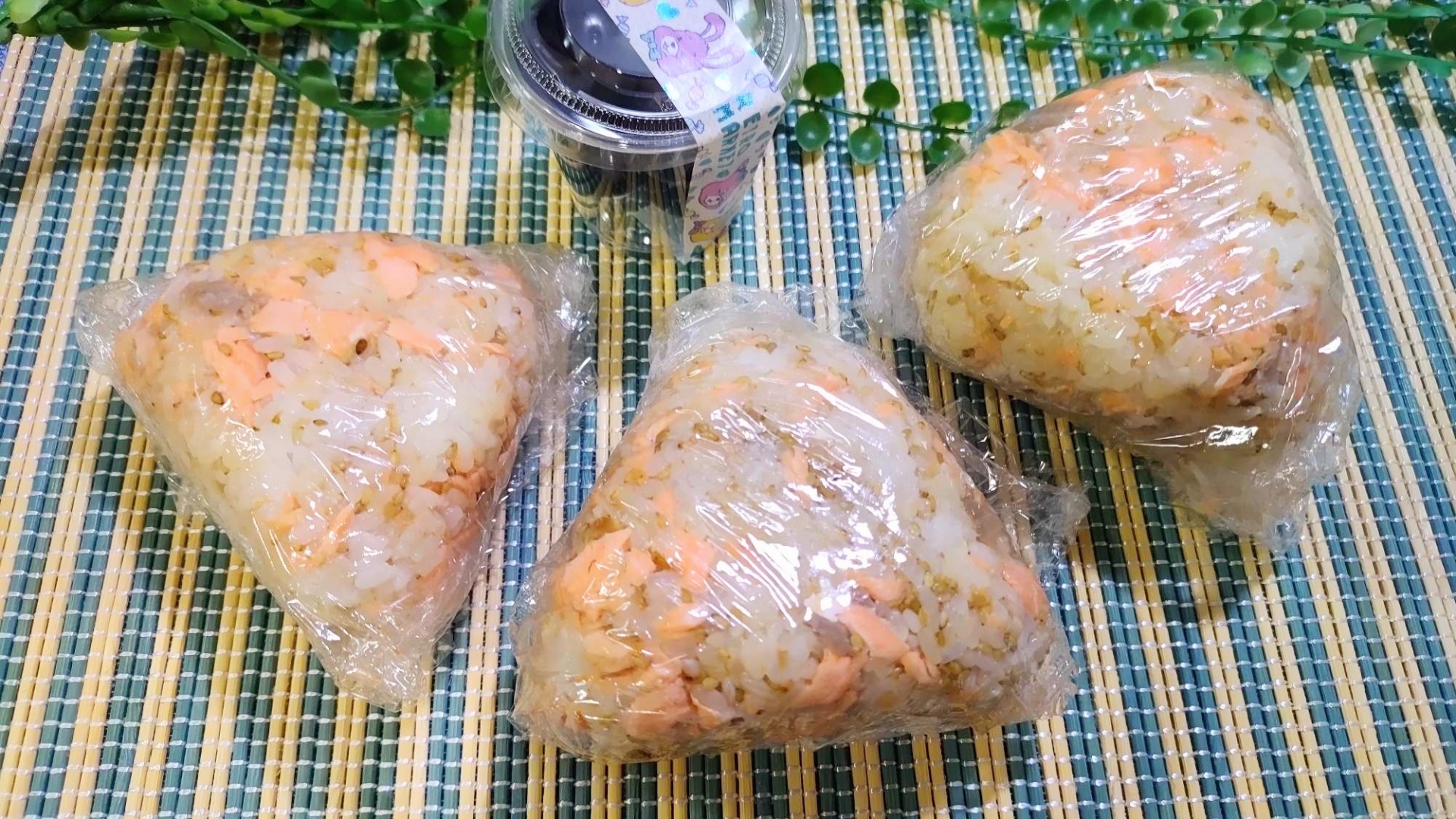
Today, Onigiri comes in a variety of flavors and shapes, and it has become a staple in Japanese cuisine. It is often filled with ingredients such as salmon, tuna, pickled plum, and vegetables. Onigiri is also a popular snack to take on picnics, hikes, and long train rides.
Onigiri has gained popularity around the world in recent years, thanks to the rise of Japanese cuisine and the increasing interest in healthy and convenient foods. It is now commonly found in Japanese restaurants and grocery stores in many countries.
Ingredients
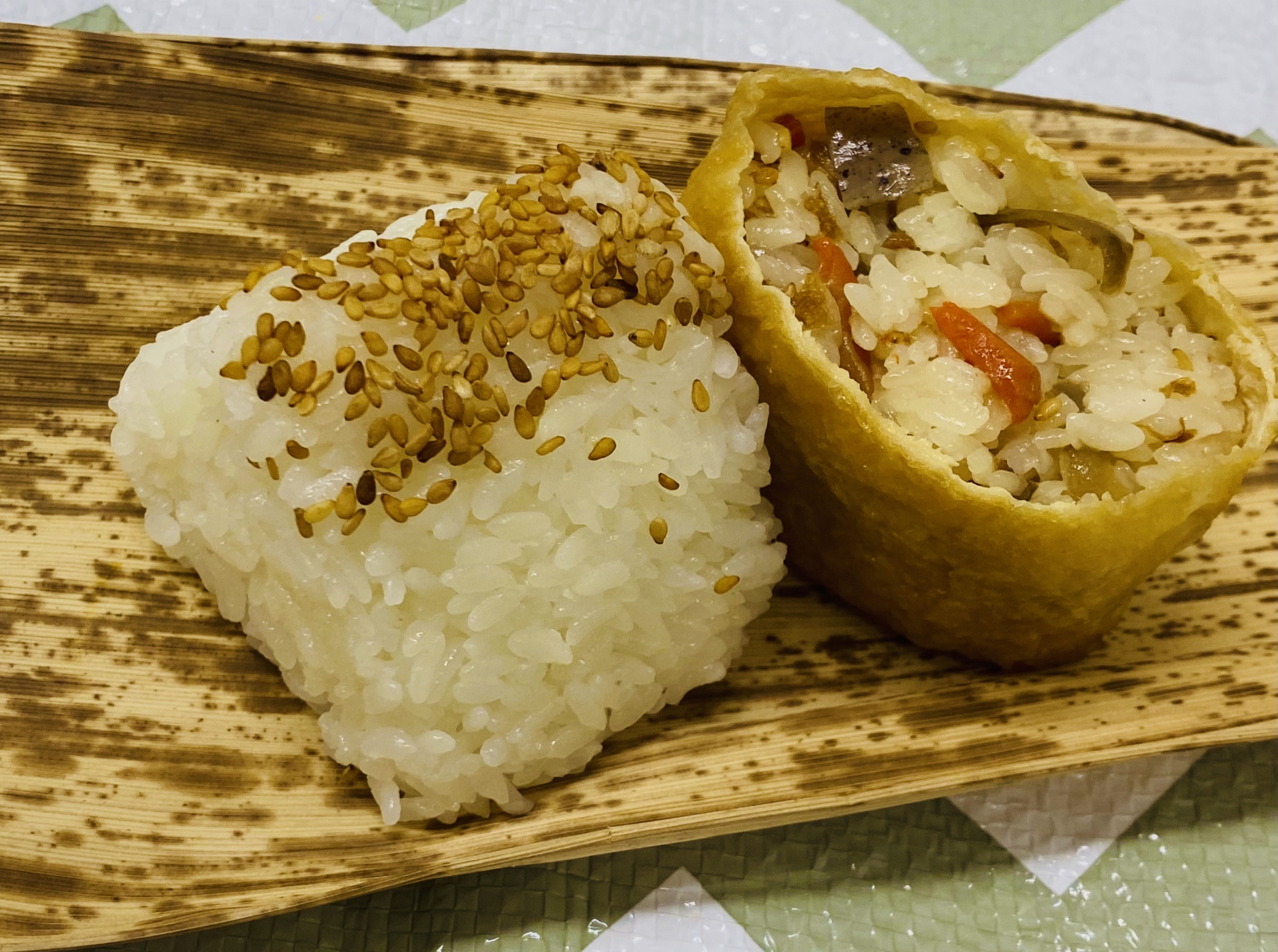
Onigiri, a popular Japanese snack, is a delicious and simple dish made from just a few basic ingredients. The main ingredient is sushi rice, which is a short-grain rice that is slightly sticky when cooked. It is important to use sushi rice for onigiri, as it holds together well and has a pleasant texture.
Other key ingredients include nori, which is the dried seaweed that is often used to wrap the rice balls, and a filling of your choice. Traditional fillings include umeboshi (pickled plum), tuna mayonnaise, and salmon. However, you can get creative with your fillings and use anything from cooked vegetables to meat or tofu.
Another important ingredient is salt, which is used to season the rice and bring out its natural flavor. You can also add other seasonings to the rice, such as furikake (a Japanese seasoning mix), sesame seeds, or soy sauce.
When making onigiri, it is important to use high-quality ingredients to ensure the best flavor. Additionally, it is important to properly prepare the rice by washing it thoroughly and cooking it according to the instructions on the package. With just a few simple ingredients and some practice, you can easily make delicious onigiri at home.
Preparation

Onigiri is a traditional Japanese snack that is easy to prepare and can be enjoyed on the go. The preparation involves a few simple steps that can be easily followed by anyone, regardless of their cooking skills.
The first step in preparing Onigiri is to cook the rice. The rice used for Onigiri should be short-grain rice, which is stickier than other types of rice. The rice should be rinsed thoroughly before cooking to remove any excess starch. Once the rice is rinsed, it should be cooked in a rice cooker or on the stove. The rice should be cooked until it is soft and sticky.
Once the rice is cooked, it should be cooled down to room temperature. It is important to cool the rice down before making Onigiri, as hot rice can be difficult to handle. Once the rice has cooled down, it can be shaped into Onigiri balls.
To shape the Onigiri balls, wet your hands with water to prevent the rice from sticking to your hands. Take a small amount of rice and shape it into a ball. The ball should be small enough to fit in the palm of your hand. Once the ball is shaped, a filling can be added to the center. Popular fillings include salmon, tuna, and pickled plums.
After the filling is added, the Onigiri ball should be shaped into a triangle. To do this, hold the Onigiri ball in the palm of your hand and use your other hand to shape the rice into a triangle. Once the Onigiri is shaped, it can be wrapped in a sheet of nori seaweed to add flavor and make it easier to eat.
Overall, preparing Onigiri is a simple process that can be done in a few easy steps. With a little practice, anyone can make delicious Onigiri at home.
Variations

Onigiri is a versatile dish and can be made with a variety of ingredients. Here are some popular variations:
- Umeboshi Onigiri: This is a classic onigiri filling made with pickled plum. The tart and salty flavor of the umeboshi pairs perfectly with the sticky rice.
- Tuna Mayo Onigiri: This filling is made with canned tuna and Japanese mayonnaise. It’s a creamy and savory option that’s perfect for lunch.
- Salmon Onigiri: This filling is made with grilled or smoked salmon, and is a popular option in Japan. The salmon adds a rich and smoky flavor to the rice.
- Katsuobushi Onigiri: This filling is made with bonito flakes, which are dried and smoked fish flakes. The katsuobushi adds a savory and smoky flavor to the rice.
Onigiri can also be made with different types of rice. Some popular options include:
| Rice Type | Description |
|---|---|
| White Rice | The most common type of rice used for onigiri. It has a sticky texture that makes it easy to shape into balls. |
| Brown Rice | A healthier option that’s packed with fiber and nutrients. It has a nutty flavor and a slightly chewy texture. |
| Sushi Rice | A short-grain rice that’s commonly used for sushi. It has a sticky texture and a slightly sweet flavor. |
Finally, onigiri can also be shaped into different shapes and sizes. Some popular shapes include triangles, balls, and cylinders. Onigiri can also be decorated with different toppings, such as nori seaweed, sesame seeds, or furikake seasoning.
Serving and Consumption
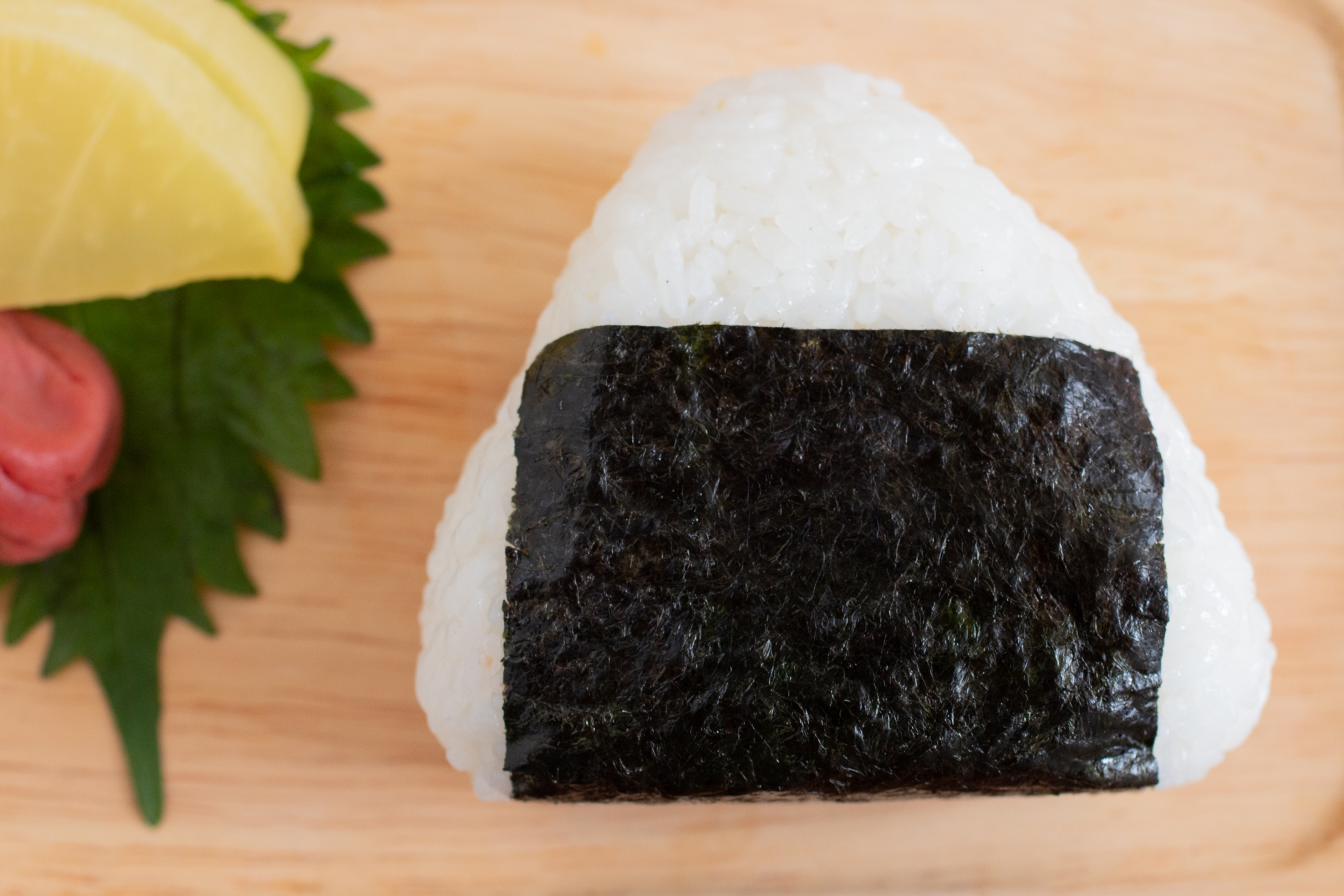
Onigiri is a popular snack food in Japan, often served as a quick and convenient meal. It is typically sold in convenience stores, supermarkets, and specialty shops. Onigiri is usually wrapped in nori (dried seaweed) to keep it fresh and make it easy to eat.
To prepare onigiri for consumption, simply remove the nori wrapper and enjoy! It can be eaten as is, or with a variety of condiments, such as soy sauce, wasabi, or pickled plums. Some people also like to sprinkle furikake (a Japanese seasoning) on top for added flavor. When serving onigiri, it is common to arrange them on a plate or platter.
They can also be packed into a bento box for a portable meal. Onigiri can be eaten cold or at room temperature, making it a great option for a packed lunch or picnic. It is important to note that onigiri should be consumed within a few hours of preparation to ensure freshness and quality.
Leftover onigiri can be stored in the refrigerator for up to a day, but it may become dry and lose its flavor over time.



